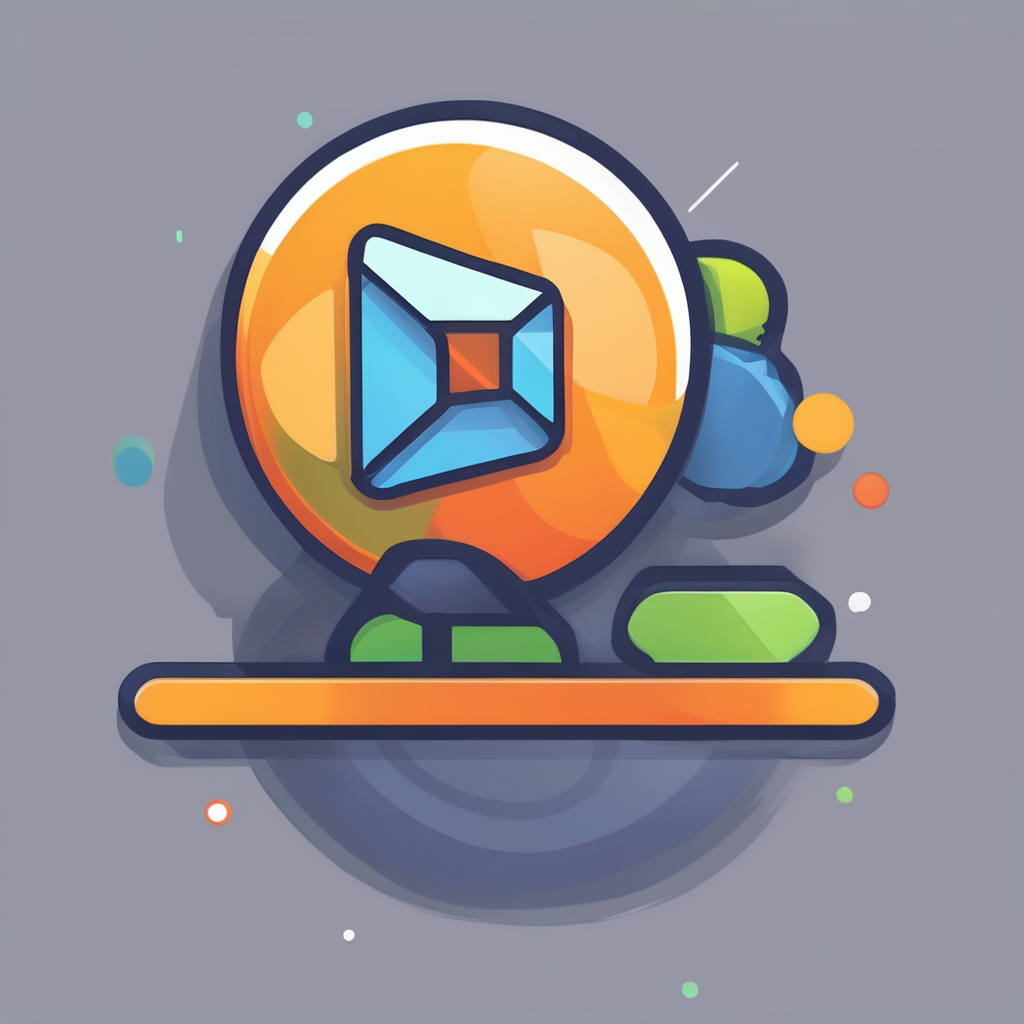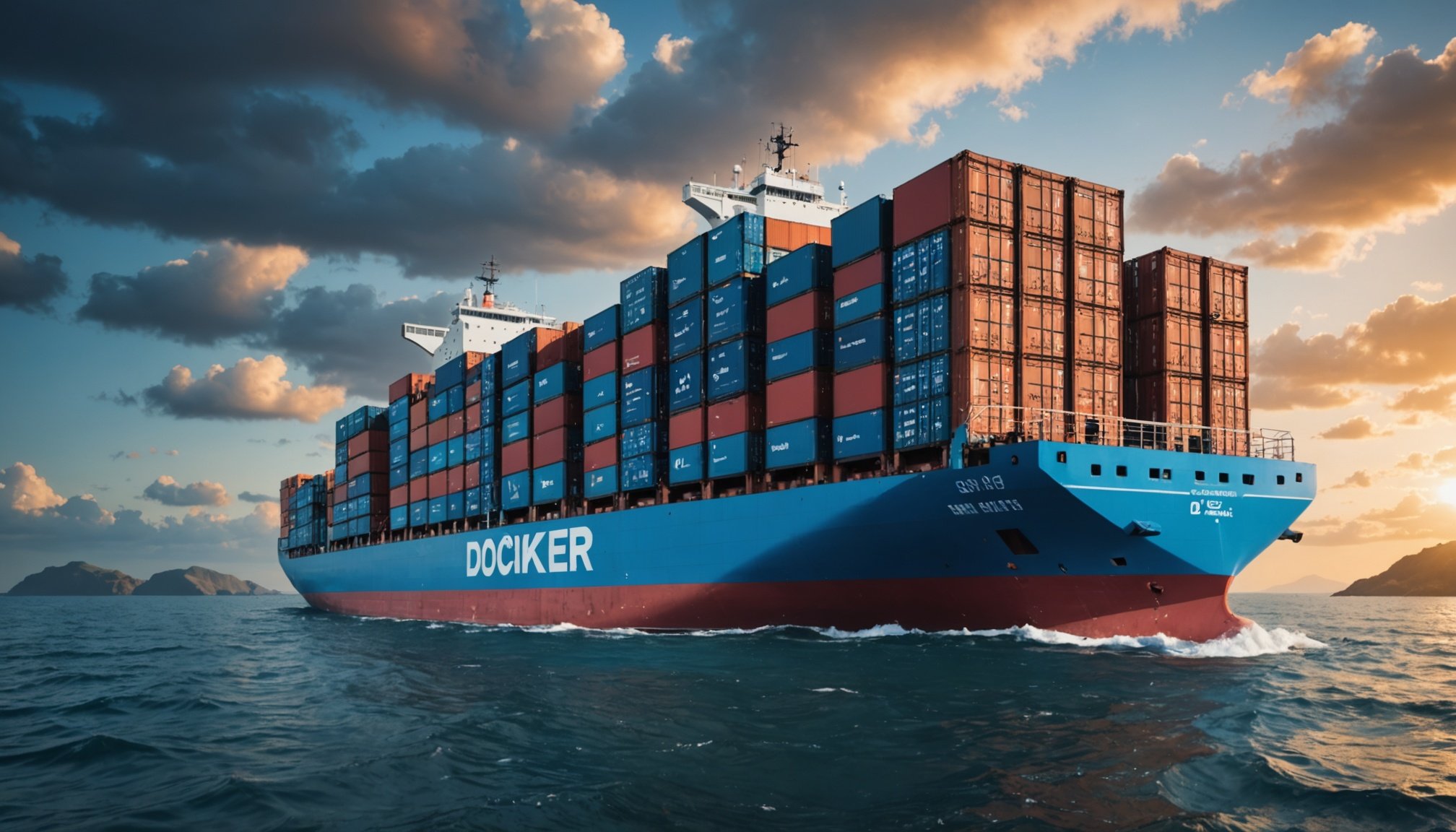Introduction to Docker Containers in AI Model Development
Exploring the world of Docker containers unveils a revolution in AI model development. At its core, Docker provides a platform to create, deploy, and run applications in containers—lightweight, standalone, and executable units that include everything an application needs to run.
In the context of AI, Docker’s relevance is paramount as it allows developers to package AI models with all their dependencies. This ensures consistency across different environments, which is crucial as AI models often require specific software libraries to operate correctly.
This might interest you : Exploring Effective Strategies for Enhancing AI-Powered Image Processing Applications
Security is a dominant concern in AI model deployment. Docker containers excel at addressing these concerns. They provide isolated environments, which means each container operates independently. This isolation not only enhances security by reducing the risk of system-wide vulnerabilities but also simplifies the management of system dependencies.
Docker containers create a reliable framework where developers can focus on fine-tuning AI models without the regular security and compatibility hurdles. This adaptability means development teams can push updates seamlessly and respond swiftly to any security threats, ensuring robust protection of their AI applications.
Also to see : Revolutionizing renewable energy: how ai innovates management for optimal efficiency
These advantages make Docker an indispensable tool for AI enthusiasts aiming to streamline model development while maintaining high and uncompromised security standards.
Benefits of Using Docker Containers for Security
Leveraging Docker containers brings significant security benefits, particularly in terms of isolation and risk reduction. Containers isolate applications and their dependencies from the underlying system, which minimizes the risk of one component affecting another. This isolation is a core feature that helps enhance security by ensuring that if one container faces a vulnerability, it does not compromise the others or the host system.
Risk reduction is another critical advantage. Containers mitigate potential security vulnerabilities by allowing applications to run in confined environments, making it harder for malicious entities to exploit them. This approach substantially decreases the attack surface, effectively safeguarding applications against unauthorized access.
Furthermore, Docker containers simplify the management of the application lifecycle. The uniform environment that containers offer eases deploying updates and applying patches, ensuring that security measures are consistently maintained across the board. Consequently, the process becomes less error-prone, offering IT teams a streamlined method of bolstering defenses.
In summary, the strategic use of Docker containers significantly boosts security by providing enhanced isolation, reducing the risk of vulnerabilities, and simplifying lifecycle management. These benefits underscore their importance in modern application deployment environments.
Best Practices for Securing AI Models with Docker
Securing AI models is crucial in our ever-connected world, and Docker configurations play a pivotal role. Begin by employing recommendations such as using the principle of least privilege. This involves configuring containers to run with the minimum permissions necessary, thereby mitigating potential risks.
Prioritising the use of official Docker images enhances security significantly. These images are verified by Docker and often include updates, reducing vulnerabilities. Avoid using unofficial sources where integrity checks aren’t guaranteed, as this can expose your AI models to threats. Always make sure to verify content before deployment to prevent unforeseen issues.
Another essential best practice involves keeping your Docker containers up-to-date. Regularly check for updates to your base images to ensure you’re protected from the latest vulnerabilities. Automated alerts or patched versions can facilitate this process, maintaining AI model security effortlessly.
Remember to review your Docker configurations periodically. It’s important to audit your container images for any unusual behaviour or misconfigurations. Implement intrusion detection mechanisms to identify and address any anomalies early.
In conclusion, by integrating these best practices, you bolster your AI models’ security and contribute to a safer, more reliable deployment environment.
Step-by-Step Guide: Setting Up a Secure Docker Environment
Creating a secure setup in Docker is essential for safeguarding your containers and managing resources effectively. In this section, we will guide you through a comprehensive tutorial on Docker installation.
Preparing Your System for Docker
Before installing Docker, ensure your system is ready. Start by updating your package list to make sure all existing software is current. This helps prevent conflicts during installation. Next, confirm you have adequate system resources, including disk space and memory, which are crucial for hosting Docker images and containers efficiently.
Configuring Security Settings
Security is paramount. Begin by configuring firewall rules to limit access to your Docker daemon. This restricts outside threats. Additionally, adjust your system’s security policies to align with best practices. Utilize Docker’s built-in security features, such as user namespaces and AppArmor, to enforce security policies that protect your containers from vulnerabilities.
Implementing Access Controls
Implement robust access control through user permissions and access control lists (ACLs). Start by creating Docker groups and assigning users based on their roles. This method ensures only authorized personnel can execute Docker commands. Finally, routinely audit permissions and access rights to maintain an optimal security environment.
Case Studies: Successful Implementations of Docker for AI Development
In the domain of AI development, numerous organizations have showcased how leveraging Docker can lead to enhanced security and efficiency. By examining these case studies, developers can gain practical insights into Docker’s real-world applications.
One notable example is a well-known tech company that integrated Docker for their AI model development. They found that Docker significantly reduced the risk of security breaches. The isolation of processes in Docker containers ensured that even if a single container was compromised, the rest of the system remained secure. This heightened security is a critical factor for companies managing sensitive data.
Moreover, organizations have reported quantitative benefits following Docker adoption. For instance, the standardization provided by Docker led to a 30% reduction in deployment time for AI models. This efficiency allowed for faster iteration cycles, enabling teams to focus more on innovation rather than deployment logistics.
Lessons learned underline the importance of robust planning when implementing Docker in AI development. Ensuring that development teams are well-versed with container orchestration can lead to smoother transitions and optimal resource utilization. As illustrated in these real-world examples, Docker’s role in AI offers a balanced mix of security, efficiency, and scalability.
Common Pitfalls and How to Avoid Them
Navigating Docker security issues can be complex due to common pitfalls encountered by many users. Misconfigurations often lead to system vulnerabilities, creating several security challenges. Settings like improper network configurations or excessive privileges can expose containers to external threats, making it crucial to adhere to best practices.
Overlooking container image security practices can also pose significant risks. Users frequently pull images from untrusted sources without verifying their authenticity. This oversight can introduce malicious code into the infrastructure. Ensuring image integrity via signatures and using only reputable sources can mitigate such challenges.
Another critical concern is the failure to regularly monitor and assess security postures. Many overlook ongoing checks, allowing potential threats to go unnoticed. Utilizing tools designed for continuous analysis can help maintain security integrity over time.
To overcome these challenges, implementing robust protocols is essential:
- Regularly update and patch systems
- Limit container privileges
- Leverage trusted image registries
By understanding these pitfalls and addressing them proactively, users can significantly enhance their Docker security framework, fostering a more secure deployment environment. Employing these strategies not only heightens protection but also builds confidence in the use of containerization technologies.
Recommended Tools and Resources for Docker Security
Ensuring the security of Docker images is crucial, and there are several tools available to assist with this task. Notably, Clair and Anchore are leading solutions for scanning Docker images for potential vulnerabilities. These tools integrate seamlessly into Continuous Integration and Continuous Deployment (CI/CD) pipelines, allowing automated security checks as part of your development process.
In addition to automated tools, leveraging comprehensive resources such as documentation and online communities adds substantial value. Docker’s official documentation offers in-depth information on best practices for securing containers. In tandem, forums and community groups provide an interactive platform for discussing challenges and exchanging solutions.
Integrating security assessment tools within your CI/CD workflow is a strategic approach to maintaining robust security. This integration automates the scanning process, ensuring that all containers are evaluated for security risks before they progress to further stages.
By utilising these tools and resources effectively, not only does it enhance the security of Docker deployments, but it also streamlines the overall development process. This proactive approach helps in promptly identifying and mitigating vulnerabilities, ensuring a safer deployment environment.











